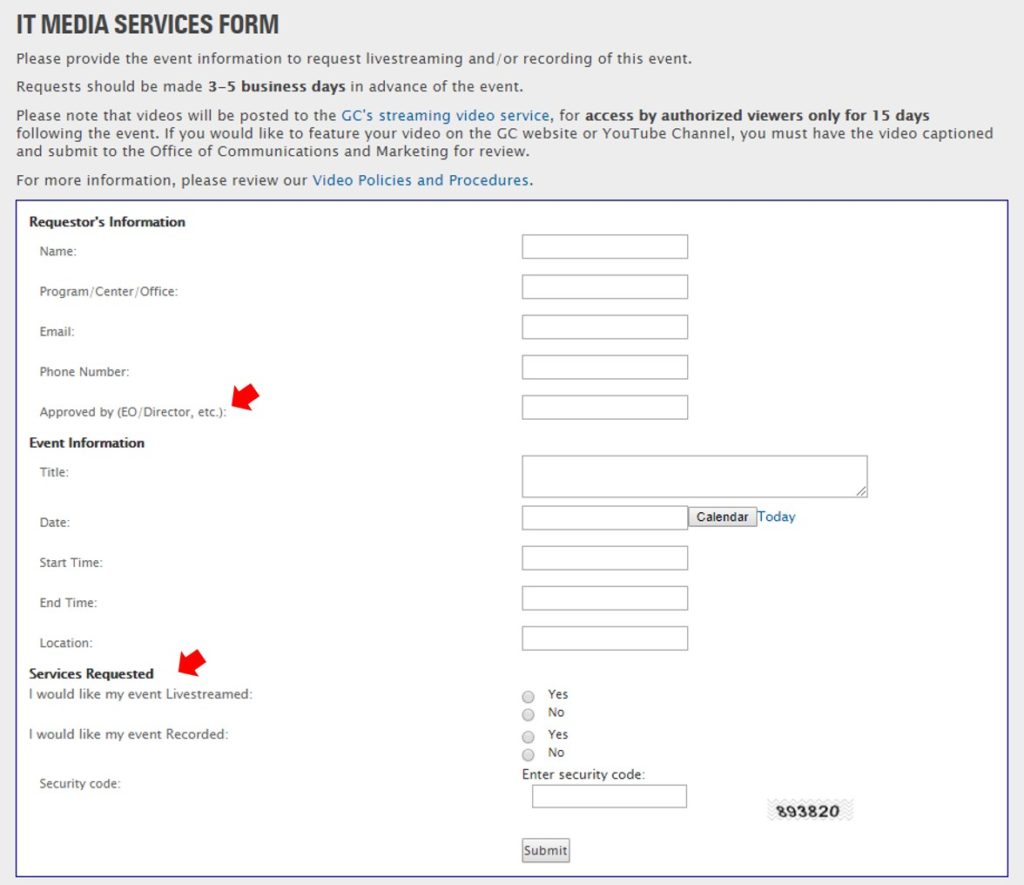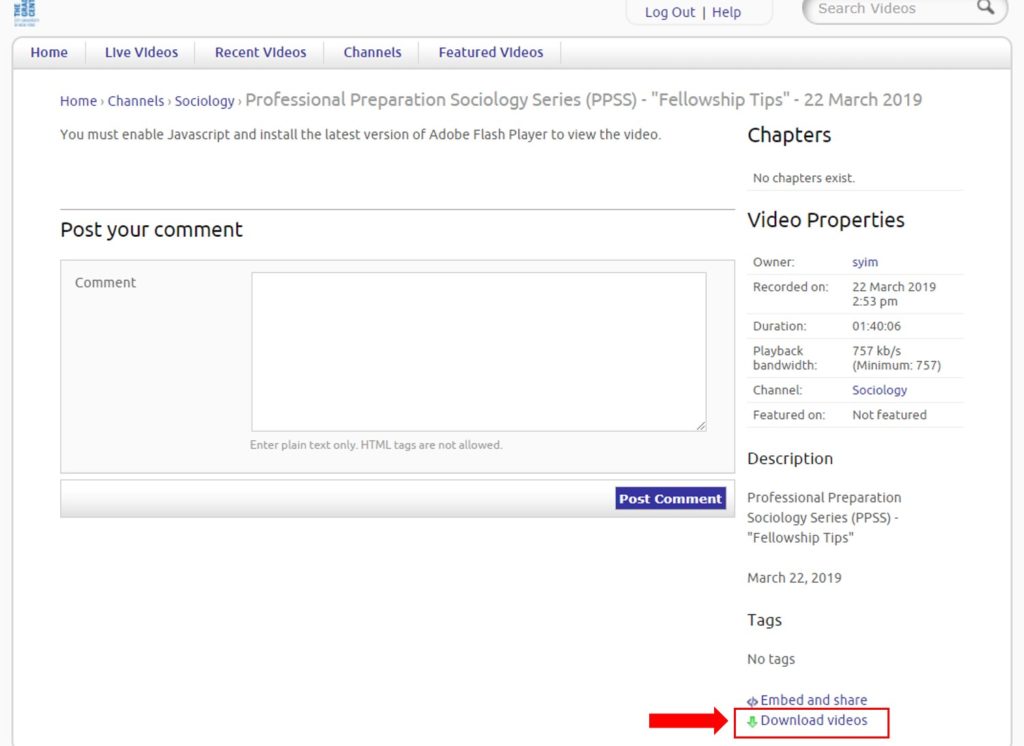Chris Hughes, co-founder of Facebook, recently released an op-ed in The New York Times, “It’s Time to Break Up Facebook,” expressing concern about the monopolistic nature of Facebook and the power wielded by Mark Zuckerberg.
Leapfrogging off concerns raised about Facebook’s recent mistakes, including “the sloppy privacy practices that dropped tens of millions of users’ data into a political consulting firm’s lap; the slow response to Russian agents, violent rhetoric and fake news; and the unbounded drive to capture ever more of our time and attention,” Hughes urges for more than governmental oversight over the company: he suggests that the F.T.C. and Justice Department break up Facebook into multiple companies (and thus undoing its acquisition of Instagram and WhatsApp).
He justifies this call to action based on the need to create a competitive market (which cannot be achieved organically due to the enormous amount of capital needed to “take on” Facebook) and to engender more governmental oversight over sensitive privacy and “free speech” policies, thus curbing Zuckerberg’s lone decision-making as majority share holder.
While Hughes defends Zuckerberg’s character, he questions whether any one person should be allowed so much control over billions of people. And to that end, he leaves us to ponder several important questions, such as “Should we be worried that Facebook owns all of our private conversations and photos?”; “To what extend is the company’s knowledge about our interests invasive?”; and “Is Facebook really ‘free’ or do we pay for it with our time and data?”
Read the full article here: “It’s Time to Break Up Facebook”
A counter-argument in the NYT by Nick Clergg, Facebook’s vice president for global affairs and communications, can be found here: “Breaking Up Facebook Is Not the Answer”





